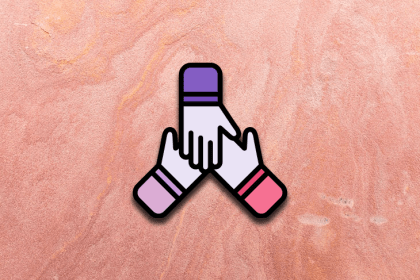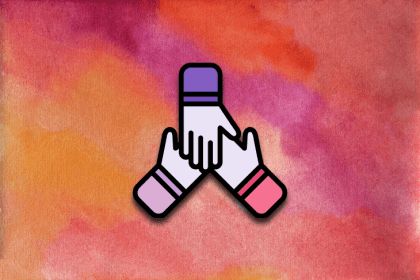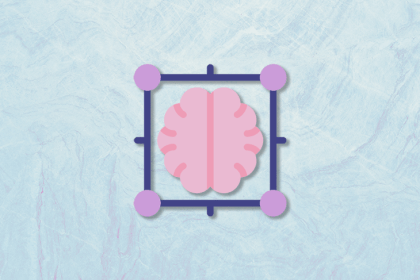
The Scaled Agile Framework (SAFe) is a methodology designed to to ensure the coordination and scaling of agile practices across multiple teams collaborating to create a product or solution.

A sprint retrospective is a scrum meeting (aka an event or ceremony) that is held once a sprint has ended to reflect on the work that has just taken place.

Teams built on the principles of ART work collaboratively on defining the problem they want to tackle and the solution to be delivered.

A scrum of scrums is a collaborative meeting between the involved teams on a project. It is an engaging session that keeps teams aligned and in the know with each other.

Figuring out how to deal with complex collaboration and aligning in a common direction is mandatory. That’s when program increment (PI) can be helpful.

By breaking down the work into smaller, manageable chunks, sprints provide a clear sense of progress and keep motivation high throughout the project.

Rapid application development (RAD) is an adaptive software development model based on feedback and prototyping.

Business agility is characteristic — it’s a company’s ability to respond decisively and swiftly to fluctuating market conditions and changing customer needs.

In this article, we introduce the affinity grouping method. We share tools and best practices and examine how you can integrate analytics.

Sprint goals are an essential element of the product development lifecycle because they help the team focus, enable self-organization, and frame expectations across organizations.

The SDLC is designed to save costs, build quality and complex software, and satisfy the end-user. An overview of the software development life cycle (SDLC) and its seven phases.

For organizations that weren’t “born agile,” undergoing an agile transformation is no longer optional but critical to remain in the game.